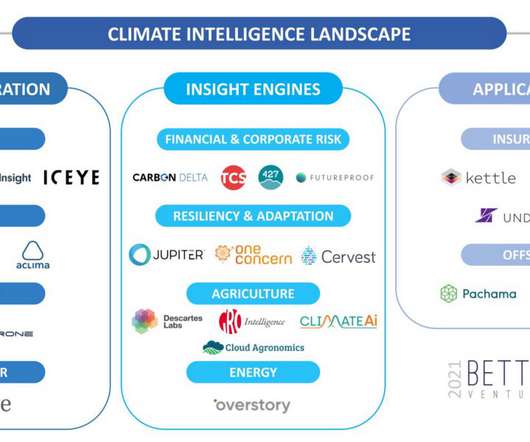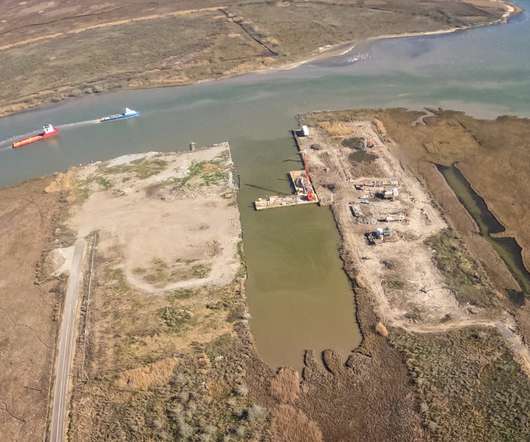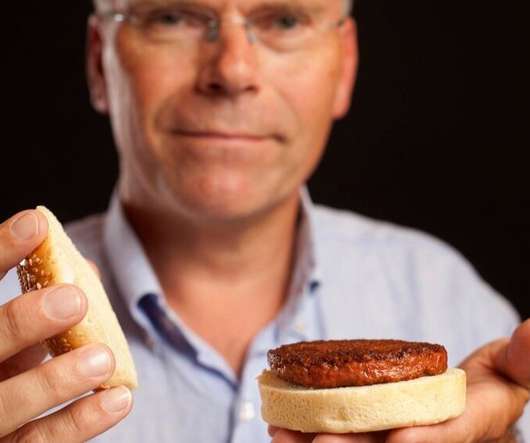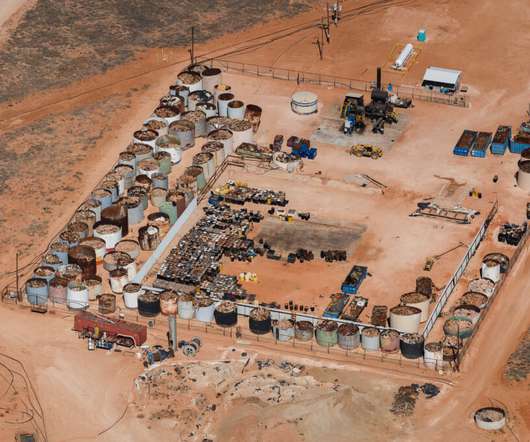Climate Intelligence: The Digital Fabric for Climate Action
Better Ventures
FEBRUARY 4, 2021
Larry Fink’s 2020 Letter to CEOs , where he explicitly named climate risk as a “defining factor in companies’ long-term prospects,” was followed by an avalanche of climate commitments across industries throughout the year (see Microsoft , Shell , Unilever , and on ). Some of you may recall the boom-and-bust cycle of clean tech from 2006–2011.














Let's personalize your content